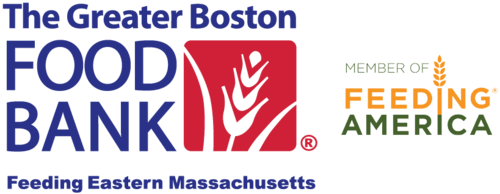The Thrifty Food Plan – SNAP
The Supplemental Nutrition Assistance Program (SNAP) is the nation’s first line of defense against hunger and helps one in nine Massachusetts residents put healthy food on the table. However, did you know that many SNAP households still face food insecurity? For many, SNAP benefits run out before the month ends and people must turn to their local pantries and meal programs for help.
Why are SNAP benefits low?
The U.S. Department of Agriculture (USDA) has four food plans used to estimate the cost of a nutritious diet: the Thrifty Food Plan, Low-Cost Plan, Moderate-Cost Plan, and High-Cost Plan. SNAP benefits are based on the lowest of these—the Thrifty Food Plan.
The plan assumes that all purchased food is consumed at home and that most meals are prepared from scratch.
The Thrifty Food Plan may not be realistic.
Inconsistent work schedules, single parent households, physical limitations, or dietary restrictions can make the Thrifty Food Plan assumptions challenging or even impossible for some households.
The latest USDA Household Food Security report showed that the typical U.S. household spent 22 percent more on food than the Thrifty Food Plan costs in 2016.
Can SNAP benefit amounts be raised?
In March 2017, Rep. Alma Adams [D-NC] introduced the Closing the Meal Gap Act of 2017, which would require the USDA to use the Low-Cost Plan for SNAP determinations. Additionally, a 2016 survey found that 8 in 10 of those asked favored raising SNAP benefit levels.
Despite this public support, SNAP is being threatened with $160 billion cuts in Congress, which means raising benefit levels is not likely in the current environment.
Protect SNAP
SNAP benefits help households in need make ends meet. Cuts to SNAP could worsen food insecurity and put more pressure on the emergency food assistance network in Massachusetts and across the nation.
